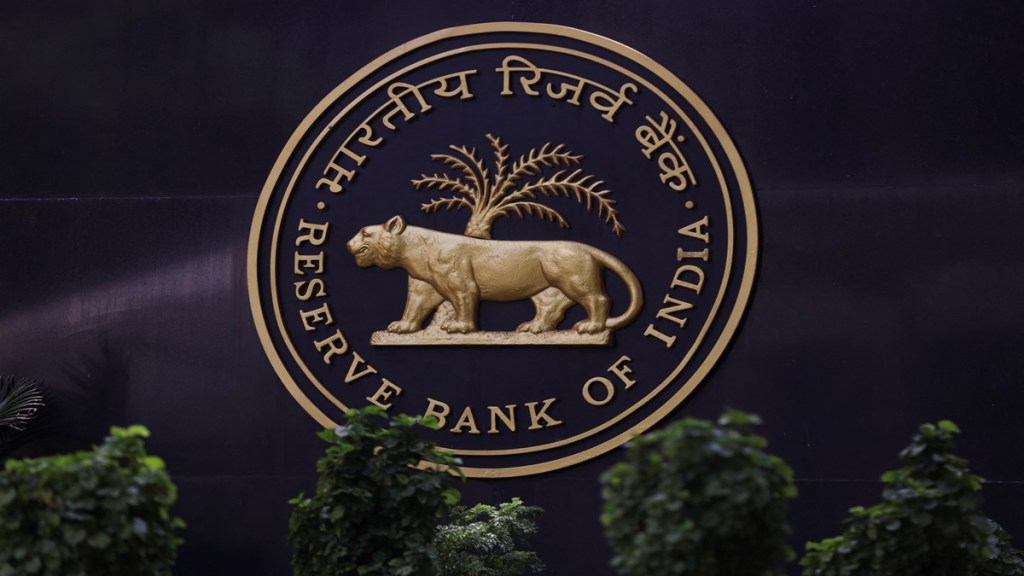The finance ministry has proposed exempting gold loans up to Rs 2 lakh from the RBI’s draft gold lending norms. If the central bank agrees, as many as 70% of the borrowers will not be forced to turn to unregulated entities which charge usurious interest rates, explains Narayanan V
Changes proposed by the finance ministry
In a rare public disclosure of internal deliberations, the finance ministry last week announced on X that the Department of Financial Services (DFS) has recommended that the Reserve Bank of India (RBI) exempt loans up to Rs 2 lakh from its proposed gold lending guidelines. The move, it said, is intended to ensure that the needs of small gold loan borrowers are not adversely impacted and that timely and efficient disbursement of such small-ticket loans continues uninterrupted. The DFS also noted that the draft guidelines would require significant groundwork for implementation at the field level and therefore suggested that the new framework be made applicable only from January 1, 2026. The ministry’s intervention caught even banks and NBFCs by surprise, especially as they had already submitted their feedback on the draft norms to the RBI on May 12 and are currently awaiting the release of the final guidelines. The RBI’s draft norms aim to standardise gold loan regulations, improve underwriting, and enhance collateral management.
What prompted the finance ministry’s intervention?
Mounting political pressure and pushback from lenders over certain provisions—particularly those related to the loan-to-value (LTV) norms—may have compelled the finance ministry to step in.
Just two days before the ministry’s announcement, Tamil Nadu chief minister MK Stalin had written to finance minister Nirmala Sitharaman, urging her to ask the RBI to reconsider the proposals. “This proposal is likely to result in serious disruptions to the rural credit delivery system in Tamil Nadu and across many parts of south India, where gold-backed loans serve as a primary source of timely, short-term agricultural credit,” Stalin said. He also cautioned that restricting access to formal credit could drive rural borrowers towards informal moneylenders who charge exorbitant interest rates, thereby increasing indebtedness.
Share of sub-Rs 2 L gold loans
An estimated 60-70% of those who borrow against gold jewellery take loans of less than Rs 2 lakh. The average ticket size is Rs 1.1-1.2 lakh, with most being short-term loans with maximum tenure of 24 months.“For many in this segment, borrowing against gold is often the last resort,” said Amlan Singh, head of operations and customer services at IIFL Finance. If small-ticket borrowers entering the formal credit system are constrained by tighter norms, they could be pushed back toward unregulated lenders charging exorbitant interest rates. Echoing this concern, George Alexander Muthoot, MD of Muthoot Finance—the country’s largest gold loan NBFC—said: “The phased implementation, timeline, and proposal for exemption for gold loans below Rs 2 lakh reflect a deep understanding of India’s underserved and rural borrowers, who largely depend on gold-backed credit for livelihood, education, and emergencies.”
Gold loan market dynamics
The organised gold loan market, comprising banks and NBFCs, is expected to cross Rs 10 lakh crore in FY26 and could touch Rs 15 lakh crore by March 2027, as per credit ratings agency ICRA. However, 70-75% of India’s gold loan market still operates in the unorganised sector. Unlike banks and NBFCs, which offer gold loans at interest rate of 10-18%, the unorganised market offer gold loans at 24-25% interest rates. Gold loans are closely linked to gold prices and are sensitive to market fluctuations. The surge in gold prices in the last few years has also led to the increased popularity of gold loans, one of the reasons which has prompted the central bank to tighten the rules. With the number of gold loans going up, non-performing assets (NPAs) have gone up too. Commercial banks reported gold loan NPAs of Rs 2,040 crore as of December 2024 from Rs 1,404 crore a year ago. NPAs of finance companies involved in gold loans surged to Rs 4,784 crore NPAs as of December 2024 against Rs 3,904 crore the previous year.
Other pain-points in the draft norms
A major point of contention is the proposed requirement to maintain the LTV ratio—including the accrued interest—within 75% throughout the loan tenure. As of now, lenders disburse up to 65-68% of the pledged gold’s value for bullet repayment loans. The new norm would reduce this to 55-60%, effectively requiring borrowers to pledge more gold for the same loan amount or accept a smaller loan. Lenders fear this could drive away customers.
Another challenge is the draft provision mandating borrowers to furnish proof of ownership of the pledged gold. In India, gold is often inherited or gifted, with no formal documentation available. This requirement could exclude a large number of genuine borrowers. The draft also calls for closer scrutiny of end-use, requiring lenders to classify loans as either income-generating or for consumption purposes. This could prove difficult, especially for small-ticket loans to those from the informal economy who typically lack formal income proof.
